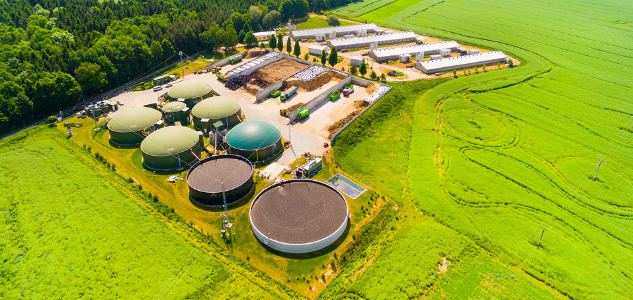
Two years later, the French Prime Minister announced in his July 2017 policy speech that France’s aim was to achieve “carbon neutrality” by 2050, a decision that entails a major reduction in oil, and gas of fossil origin. The transition to a carbon-free energy system is complicated by costs, techniques, and implementation. Indeed, even the gradual adoption of purely renewable energy resources—sunlight, wind, waves, and geothermal heat—would cost tens of billions of euros, annually. Yet to attain carbon neutrality by mid-century, France must stop using fossil fuels.
The time necessary for this complete conversion requires a careful consideration of the continuing, though diminishing, role of gas in this transition. Though ultimately France’s energy system will rest on three mainstays—carbon-free electricity, biomass, and renewable heat—such an energy revolution is likely to take decades before its thorough implementation. In the meantime, gas, more environmentally friendly than coal, looms as a crucial element in this progression, though its use, too, must be substantially restricted. While gas has a good image with the general public, it still constitutes about twenty percent of greenhouse gas emissions. At present, nearly half of gas consumption is used in offices, shops, and public buildings, chiefly for heating, and in private residences. The adoption of a carbon tax could contribute to limiting the recourse to fossil gas, particularly in the residential sector as goal in this energy transition. In the long-term, it would be preferable to use gas only for uses for which it is difficult to substitute electricity or biomass—transport, industry, and flexible electricity generation.
To replace fossil gases, three major methods have emerged as practical solutions to the continued reliance on fossil fuels: biomethane, a renewable gas produced by the fermentation of organic matter mostly derived from farms; pyro-gasification, a technology that converts wood into gas; and methanation, which uses electricity to produce hydrogen and then methane. Each of these methods, or resources, reduce atmospheric emissions, generating electric power for engines and turbines, and thus they offer more ecologically sound possibilities to the use of fossil fuels. But to develop and implement such technology involves major considerations of timing, and, not least, financing.
Renewable gas does recommend itself as an alternative to natural gas. Yet Dominique Auverlot and Etienne Beeker insist in their detailed analysis of this energy transition that renewable gas is more expensive and less abundant than natural gas, in fact, according to some scenarios as much as two to three times more expensive. France’s energy policy, therefore, must be guided by a careful consideration of costs and strategy.
At the heart of debates in the formulation of a systematic energy policy lies the overriding issues of the speed and scope with which this partial or total conversion would take place. Clearly, too rapid or radical an exclusive adoption of renewable energy resources would be undesirable; for example, gas still provides heating for more than eleven million homes. The full recourse to renewable energy resources requires additional research and planning. As D.Auverlot and E.Beeker have demonstrated, the use of natural gas may even be advantageous in certain instances, though its exact role in this mixture remains to be defined. The challenge, then, for the French government of replacing fossil gas with renewable gas is anything but straightforward. For France to achieve a totally carbon-free energy policy by 2050 is ambitious and challenging, a program to be realized by stages with constant evaluation of costs and practicalities.
Stephen Clay




